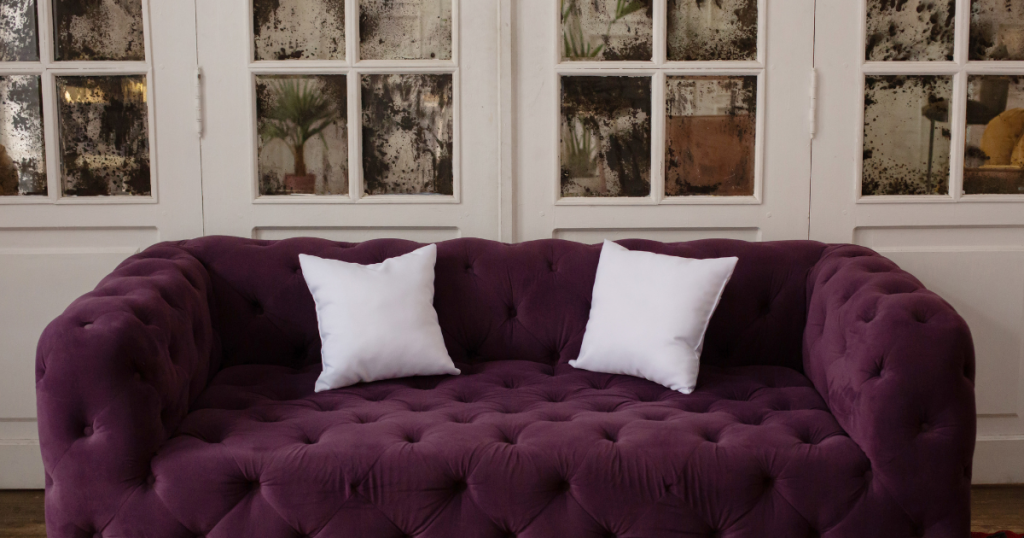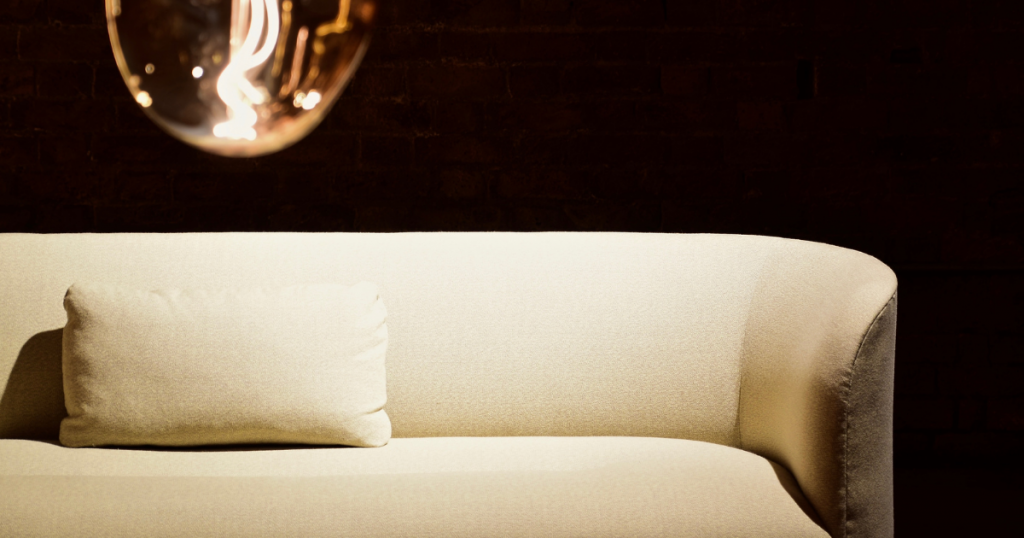

Sofa cushions are an essential part of your living room furniture, providing comfort and support for you and your guests. Over time, these cushions can become dirty and stained from spills, pet hair, and regular use. Many people believe that the only solution is to replace the cushions, but that is not the case. Washing your sofa cushions can give them a new lease on life, making them look and feel like new.
In this article, we will reveal a surprising hack that will help you save money and extend the life of your sofa cushions. Not only is this hack cost-effective, but it is also eco-friendly and simple to do. Whether you have fabric or leather cushions, we have got you covered. So, before you go out and buy new cushions, read on to find out how you can wash your sofa cushions and bring them back to life.
What Causes Sofa Cushions to Become Dirty?
Sofa cushions are prone to becoming dirty and stained due to regular use and exposure to various elements. Some of the most common causes of dirty sofa cushions include:
- Spills and Stains: Food and drink spills are one of the most common reasons for sofa cushions to become dirty. Whether it’s coffee, juice, or any other liquid, spills can quickly soak into the material, leaving behind unsightly stains.
- Pet Hair and Dander: Pets are often our closest companions, but they can also be one of the biggest contributors to dirty sofa cushions. Pet hair, dander, and even their oils can cling to the material, leaving behind unwanted residue.
- Dust and Dirt: Over time, dust, dirt, and other particles can accumulate on your sofa cushions, making them look dull and dingy. Dust mites and other allergens can also thrive in these conditions, making your sofa cushions a health hazard.
- Sun Damage: Direct sunlight can cause fabric sofa cushions to fade, while also damaging the material over time. The heat and UV rays can also cause the material to become brittle, making it more prone to cracks and tears.
- Body Oils and Sweat: Our bodies naturally produce oils and sweat, which can transfer onto sofa cushions and leave behind unwanted residue. Over time, this residue can become ingrained in the material, making it difficult to remove.
By understanding the causes of dirty sofa cushions, you can take steps to prevent them from becoming dirty in the first place, or take action to clean them when they do become dirty. So, don’t replace your sofa cushions, wash them instead!
How to Wash Sofa Cushions?
Washing your sofa cushions is a simple and easy process. However, it’s important to follow the right steps to ensure your cushions are cleaned properly and don’t get damaged. Here are the steps you need to follow:
- Vacuum the cushions to remove any loose dirt and debris.
- Check the label on the cushion for any cleaning instructions.
- Fill a large tub or basin with lukewarm water and add a mild detergent.
- Agitate the water to create suds and then add the cushions to the tub.
- Use your hands to gently massage the cushions and work the soap into the fabric.
- Drain the water and rinse the cushions thoroughly with clean water.
- Squeeze out the excess water from the cushions and hang them to air dry.
How Often Should You Wash Sofa Cushions?
It’s recommended to wash your sofa cushions at least once a year. However, if you have pets or kids, or if your cushions are frequently used, you may need to wash them more frequently. Regular washing can help keep your cushions fresh, clean, and smelling great.
Tips for Maintaining Clean Sofa Cushions
Here are some tips to help you maintain the cleanliness of your sofa cushions:
- Vacuum your cushions regularly to remove any loose dirt and debris.
- Use a fabric protector spray to protect the cushions from spills and stains.
- Rotate and flip your cushions regularly to ensure even wear and tear.
- Avoid eating or drinking on your sofa to prevent spills and stains.
- Use a stain remover spray to tackle any tough stains on your cushions.
Conclusion
Washing your sofa cushions is a simple, cost-effective solution to revive them and make them look and smell as good as new. Regular washing can help keep your cushions fresh and clean, and by following the right steps, you can ensure your cushions are cleaned properly without getting damaged. So, next time your cushions are looking dull and smelly, don’t replace them, wash them!
FAQs
How often should I wash my sofa cushions?
It is recommended to wash your sofa cushions every 3-6 months, depending on the frequency of use and the environment they are in.
Can I machine wash my sofa cushions?
It depends on the materials and construction of your sofa cushions. It is best to check the care instructions before washing. If the cushions are machine washable, make sure to use a gentle cycle and a mild detergent.
What type of detergent should I use for washing sofa cushions?
A mild detergent specifically designed for delicate fabrics is best for washing sofa cushions. Avoid using harsh chemicals or bleach as they can damage the material.
Can I wash my leather sofa cushions?
Leather sofa cushions should not be washed, but instead cleaned with a damp cloth and a mild leather cleaner.
What is the best way to dry my washed sofa cushions?
The best way to dry sofa cushions is to air dry them in a well-ventilated area away from direct sunlight. Avoid using a dryer or exposing them to direct heat as it can damage the material.



